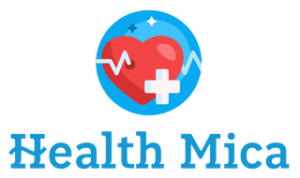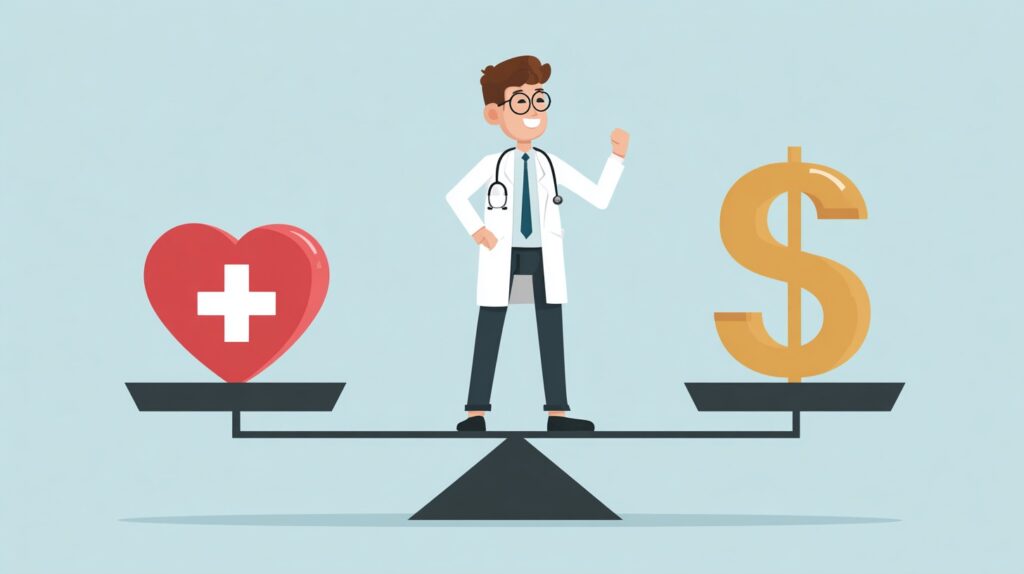Science Backed Ways Travel Strengthens Brain Health And Resilience
Travel is often associated with pleasure and escape, but research increasingly shows that it also has measurable benefits for brain health and psychological resilience. Experiencing new environments, cultures, and routines stimulates the brain in ways everyday life rarely does. Over time, these effects can improve cognitive flexibility, emotional balance, and overall mental strength.
Travel boosts neuroplasticity and cognitive flexibility

One of the strongest science backed benefits of travel is its impact on neuroplasticity, the brain’s ability to form new connections. When you navigate unfamiliar places, process new languages, or adapt to different cultural norms, your brain is forced to work in new patterns. This mental stimulation strengthens problem-solving skills and cognitive flexibility.
Studies in neuroscience show that novelty activates the hippocampus, a region of the brain linked to memory and learning. Travel naturally introduces novelty through new sights, sounds, and social interactions. Even simple challenges like reading a transit map or ordering food in a different language engage multiple brain regions at once.
This cognitive stretching effect is similar to learning a new skill. Over time, it can help slow age related cognitive decline and improve mental agility, making the brain more adaptable and resilient in everyday situations.
Reduced stress and improved emotional regulation

Chronic stress has a negative impact on brain health, particularly on memory and emotional control. Travel helps interrupt stress cycles by removing people from familiar pressure triggers such as work routines and constant digital demands.
Research shows that exposure to new environments, especially natural settings like beaches, mountains, or forests, lowers cortisol levels and activates the parasympathetic nervous system. This shift promotes relaxation, emotional regulation, and mental recovery.
Travel also encourages mindfulness. When everything around you is unfamiliar, you naturally become more present. This heightened awareness improves emotional processing and reduces rumination, which is closely linked to anxiety and depression.
Travel builds resilience through healthy challenges
Resilience is not built through comfort alone, but through manageable challenges. Travel provides these challenges in a controlled, often rewarding way. Navigating delays, adapting to cultural differences, or solving small problems on the road strengthens emotional resilience and self confidence.
Psychological studies show that overcoming novel challenges increases self efficacy, the belief in your ability to handle future difficulties. This carries over into daily life, improving how you respond to stress, uncertainty, and change.
Longer or repeated travel experiences are especially effective. They reinforce adaptability and help people develop a more flexible mindset. This is one reason frequent travelers often report feeling calmer and more capable when facing unexpected situations.
Social connection and cognitive stimulation

Human interaction plays a major role in brain health. Travel often increases social engagement, whether through conversations with locals, shared experiences with companions, or meeting new people along the way.
Social interaction stimulates cognitive processing, emotional intelligence, and memory formation. Research links strong social engagement to lower risk of cognitive decline and improved mental wellbeing. Travel naturally creates opportunities for these interactions in a way daily routines often do not.
Exposure to different perspectives also enhances empathy and emotional intelligence. Seeing how others live and solve problems broadens mental frameworks and reduces rigid thinking, which is beneficial for long term psychological health.
Long term brain health benefits
The mental benefits of travel do not disappear after returning home. Memories from travel experiences strengthen long term memory and provide emotional anchors during stressful periods. Anticipation of future trips also improves mood and motivation, creating positive feedback loops for mental health.
Travel can even influence career and lifestyle decisions. Some people, inspired by their experiences, explore lifestyle changes or new paths, including questions like how do you become a travel agent, as a way to stay connected to travel in their daily lives.
Conclusion
Science increasingly supports what travelers have long felt intuitively. Travel strengthens brain health by stimulating neuroplasticity, reducing stress, building resilience, and enhancing emotional wellbeing. Whether through short trips or extended journeys, travel offers powerful cognitive and psychological benefits that support a healthier, more adaptable mind long after the trip ends.










































